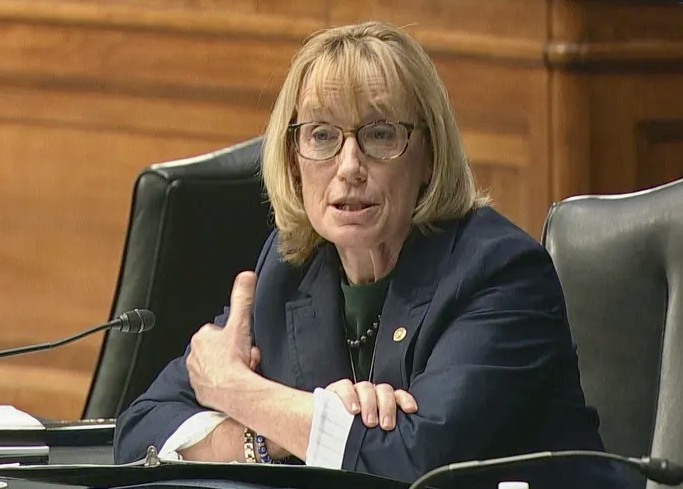North Carolina kindergartners arriving at school this fall will be given the new Kindergarten Entry Assessment (KEA). In fact, this assessment has to be completed the first 60 days of school.
Users now have access to the NC K-3 Formative Assessment Process Evidence App. This user-friendly app enables teachers to easily capture Evidence, including audio and video evidence, in the moment, using an iPhone, iPad, or iPod touch (an Android version of the app will be available in the future).
K-3 Formative Assessment begins with the KEA, and continues to amass “Evidence” of the child’s performance through the third grade. The data from this initial administering will generate a “Child Profile” following the child. The “Evidence” collected on the child will help a teacher determine a “learning status” or rating aligned with DPI’s progressions in a particular area.
This year teachers collect “Evidence,” and ratings on only two areas or “constructs” (term used by DPI). Objective Counting and Book Orientation & Print Awareness will be used this fall. Kindergarteners are already being evaluated by another assessment used, Reading 3D. Unfortunate for teachers, the data from one assessment platform does not import to the new assessment platform. DPI is working so maybe “one day” teachers will not have to duplicate work. Meanwhile, teachers and students will be duplicating since other testing mandates have not been removed!
The “constructs” teachers need to collect “Evidence” and determine “learning status” will increase next year, and will continue to increase by grade level. In fact, the “constructs” can continue to increase to whatever DPI dictates. Some of the “constructs” are objective and easily measured, but others under the “Emotional and Social Development” domain are subjective and clinical. Next year, teachers will collect evidence on a child’s “Emotional Literacy,” and then another year they will look at “Emotional Regulation.”
Now what happens to the data? Well, according to the NC Race to the Top Early Learning Challenge Grant (yes, this is a Federal Obama stimulus money give away), the data “will be entered into the State’s Longitudinal Data System.” This will happen by way of the P20W (Preschool, 20th grade higher education, Workforce) data collection. Does this sound a little “Orwellian?”
I am sorry, but gathering “Evidence” on a 5 year old that follows them until their 5th year in the workforce opens the door to all kinds of abusive situations. Especially with changes the US Department of Education has made to FERPA over the last few years. Marc Rotenberg, Ex. Dir. of Electronic Privacy Information Center (EPIC) writes:
From test-performance scores to student financial data to statewide longitudinal data systems, there has been a dramatic increase in the collection of students’ sensitive information over the last decade. Both the U.S. Congress and the presidential administrations have touted the amassing of student data as beneficial and necessary to a successful education system. However, the increase in the collection of student data has led to a marked decrease in student data protection. In 2008 and 2011, the U.S. Education Department amended the regulations for the Family Educational Rights and Privacy Act (FERPA). These amendments increased private company and third-party access to student data.
He further writes:
When FERPA was enacted almost forty years ago, Congress made it clear that students’ personal information should not be made widely available. Congress was particularly concerned that if student records fell into the hands of private parties, these records could hurt students later in life when, for example, students were seeking jobs.
The basis for all of this lies with the General Assembly. Seems in 2012 all the laws were passed giving agencies authority. In fact, the detail specifics of the KEA are in General Statute 115C-83.5, and the State Longitudinal Data System is in General Statute 116E.
Here are just a FEW questions that need to be answered:
Are parents aware of this new data collection on their children?
Exactly WHAT data will be collected?
Where will the data be stored?
Can parents view all the data collected on their child?
Who has access to the data?
What liability does the state or teachers incur if a breach occurs?
Who has the responsibility for securing or releasing data?
Can I opt my child out of this data collection and the creation of a child profile?
The bureaucrats say parents should not worry, each child is given a “Unique Identifier,” and this will protect their child’s data. I am sorry, that just is not enough these days due to security breaches!
Government again is “flying the plane while building it!” This time it is with the lives of teachers and 5 year olds!


